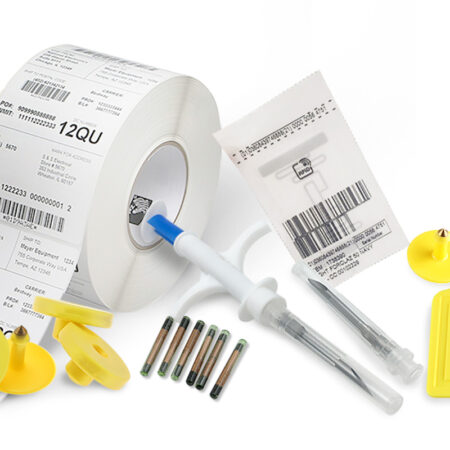rfid for library
September 12, 2025
rfid for library proposal! rfid for library official support.GOV,rfid for library active! &custom wristbands malaysia;h1>RFID for Libraries: Revolutionizing Modern Information Management</h1>
In the digital age, libraries are evolving from traditional book repositories into dynamic information hubs. One technology that has significantly transformed library operations is Radio Frequency Identification (RFID). This system uses electromagnetic fields to automatically identify and track tags attached to objects, such as books, DVDs, or other materials. For libraries, RFID offers a seamless way to manage collections, enhance security, and improve user experiences. This article explores the applications, benefits, and considerations of implementing RFID in libraries.
<h2>How RFID Works in Libraries</h2>
RFID systems consist of three main components: tags, readers, and software. Tags are small microchips with antennas that are attached to library items. Each tag contains unique identification data, which can be read wirelessly by RFID readers. These readers capture the information and transmit it to a central database via library management software. In practice, when a patron checks out a book, the RFID reader scans the tag instantly, updating the item's status in the system without manual barcode scanning. This automation streamlines processes like borrowing, returning, inventory management, and anti-theft measures.
<h2>Key Applications of RFID in Libraries</h2>
<h3>1. Automated Check-In and Check-Out</h3>
RFID enables self-service kiosks where users can borrow or return items independently. By simply placing materials on a reader pad, the system quickly registers transactions, reducing wait times and freeing staff for more complex tasks. This is particularly beneficial in high-traffic libraries, improving efficiency and patron satisfaction.
<h3>2. Inventory Management and Shelf Organization</h3>


Librarians can conduct rapid inventories using handheld RFID readers that scan multiple items simultaneously without line-of-sight requirements. This helps in identifying misplaced books, monitoring collection conditions, and ensuring accurate shelf order, which saves time and reduces errors compared to manual methods.


<h3>3. Enhanced Security</h3>
RFID tags can be integrated with electronic article surveillance (EAS) systems. If an item is not properly checked out, sensors at library exits trigger an alarm, deterring theft. This provides a robust security layer without the need for separate security strips.
<h3>4. Data Analytics an The Use of RFID for Human Identity Verification
Phone: +86 19925232774
Hours: Mon-Fri 9:00AM - 6:30PM